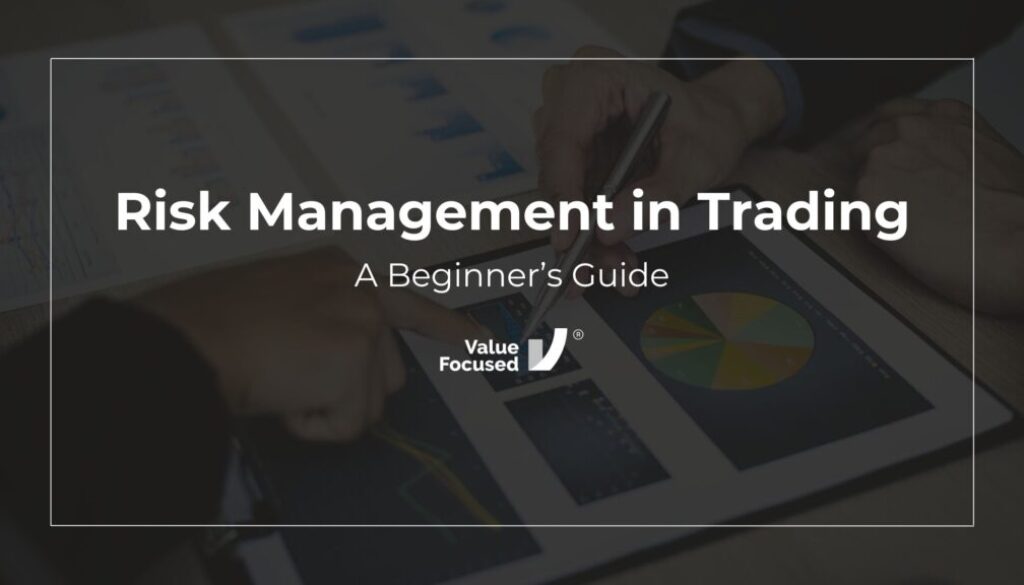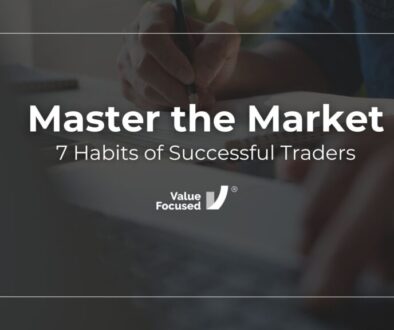Mastering Risk Management in Trading
In the world of trading, it’s easy to get caught up in the pursuit of profits. But ask any seasoned trader, and they’ll tell you that success isn’t just about making money—it’s also about managing risk effectively. Whether you’re new to trading or have been in the game for years, mastering risk management is essential to protecting your investments and staying resilient in the long run.
Introduction: Why Risk Management Matters in Trading

What Exactly is “Risk” in Trading?
Risk in trading refers to the possibility of losing some or all of your invested capital. It comes in various forms:
- Market Risk: Changes in asset prices due to factors like economic news or company earnings.
- Liquidity Risk: Challenges in buying or selling an asset without affecting its price.
- Leverage Risk: Amplified gains and losses due to borrowed funds.
Beyond these types of risks, emotional factors like fear and greed also impact trading outcomes. Traders need to understand both the external market risks and internal psychological risks to be well-prepared.
Building Blocks of Risk Management
 A strong risk management foundation includes understanding key principles:
A strong risk management foundation includes understanding key principles:- Risk-to-Reward Ratio: This is the expected return compared to the potential loss. Many traders aim for a minimum of a 2:1 ratio, meaning they’re aiming to earn twice as much as they’re risking.
- Position Sizing: Deciding how much of your capital to risk on a single trade. A typical rule of thumb is to risk only 1-2% of your capital per trade, which allows traders to stay resilient even when markets are volatile.
- Diversification: Spreading investments across different assets to reduce exposure to any single market or stock. Diversification helps minimize potential losses and provides a cushion during adverse market movements.
Tools and Techniques for Effective Risk Management
Here are some practical tools that help traders manage risks:
- Stop-Loss Orders: A stop-loss is a preset order to sell an asset once it reaches a specific price. This order limits potential losses by automatically closing a position if the market moves against you. Trailing stops can also be useful, adjusting your stop-loss level as the market price rises.
- Take-Profit Orders: Just as it’s important to limit losses, securing profits is key. Take-profit orders close your position at a specified profit level, allowing you to lock in gains without getting caught up in emotional decision-making.
- Hedging Strategies: Hedging involves taking an opposing position to offset potential losses. For example, using options or futures can act as a “hedge” on investments. It’s a powerful but complex tool often used by more experienced traders.
- Leverage Management: While leverage can amplify profits, it also magnifies losses. By understanding how to use leverage sparingly, traders can avoid losing more than they initially invested.
Creating Your Own Risk Management Plan
Developing a risk management plan is about finding what works for your unique trading style and goals. Here’s a framework to guide you:
- Define Your Risk Tolerance: Some traders are naturally more risk-tolerant than others. Knowing your comfort level will help you make decisions confidently.
- Set Financial Goals: Outline daily, weekly, and monthly targets that are realistic. Having clear goals makes it easier to stick to a plan, and it helps with monitoring performance.
- Create a Strategy: Decide which risk management tools—like stop-losses and position sizing—align with your goals and trading style. Keep your approach flexible and adjust it as needed.
Advanced Techniques for Experienced Traders

- Options Trading as a Hedge: Options can act as an insurance policy, such as buying a put option to limit losses if the asset’s price declines. Advanced options strategies can be highly effective for managing risk but require expertise.
- Position Sizing Models: Fixed ratio and Kelly Criterion are models that help traders determine the ideal amount to invest based on historical returns and losses. These methods can add precision to risk management.
- Technical Indicators for Risk Management: Tools like the Average True Range (ATR) provide insights into price volatility. Traders often set stop-losses based on this indicator to protect against erratic price movements.
Avoiding Common Mistakes in Risk Management
Many mistakes can undermine even the most well-thought-out plans. Here are some frequent missteps:
- Over-Leveraging: It’s easy to be tempted by the potential for amplified gains, but leveraging too much capital can result in steep losses.
- Ignoring Stop-Losses: Some traders fall into the trap of “hoping” that an asset will rebound. However, failing to stick to your predetermined stop-loss limits can lead to significant losses.
- Neglecting to Adapt: Market conditions constantly change. Effective risk management requires regularly assessing and adjusting strategies to stay aligned with evolving conditions.
Risk Management Tools and Software
Many trading platforms come equipped with risk management features, such as stop-loss and take-profit options. Additionally, specialized software and apps allow traders to track metrics, analyze past performance, and make data-driven adjustments. Tools like Thinkorswim, MetaTrader, and TradingView can support effective risk management.
Real-World Case Studies in Risk Management
Studying real-world examples can offer valuable insights. For instance, the story of hedge fund Long-Term Capital Management shows the dangers of over-leveraging and ignoring changing market conditions. On the other hand, Warren Buffett’s cautious approach to risk is a model of discipline, emphasizing that effective risk management is a continuous process.
Conclusion: Building a Mindset for Long-Term Success
Risk management is more than just a set of techniques; it’s a mindset that prioritizes disciplined, strategic decisions over impulsive ones. Staying committed to a risk management plan helps traders ride out market fluctuations and reduces emotional decision-making. Whether you’re a beginner or a pro, remember: successful trading isn’t only about winning trades but also about avoiding large losses.
Mastering risk management will help protect your investments and empower you to navigate the market confidently, with a strategy that grows with you over time.




